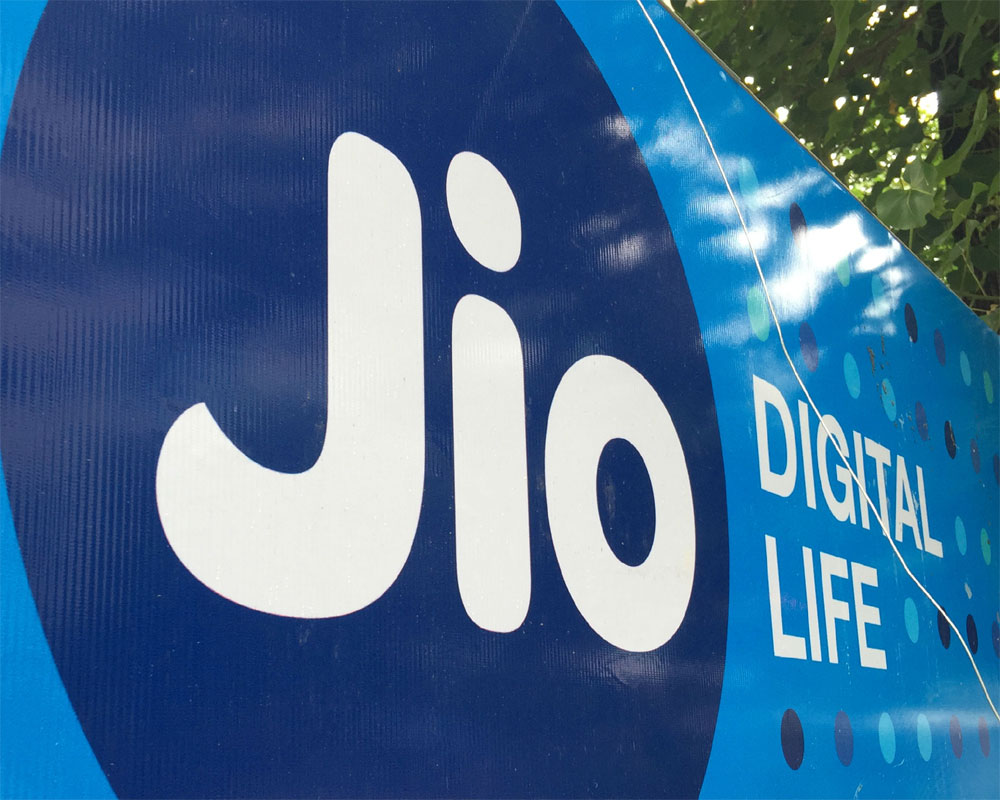New Delhi: Though the stress on its average revenue per user (ARPU) figure and a marginal drop in subscribers are likely to put pressure on Reliance Jio’s current tariffs, the company may not raise tariffs before one of its key services — Fibre-to-The-Home (FTTH) — is rolled out as expected in the fourth quarter of the current fiscal, according to SBI Caps.
“Once the fiber usage charges start getting reflected in network opex (operational expenditure), pressure on margins is likely for Jio and maybe the time when Jio may revisit mobile tariffs. To sum up, tariff increase at the earliest is not seen before Jio’s FTTH roll-out (not before 4QFY20e)”, an SBI Caps report said.
Usage charges of fibre assets have been capitalised in this quarter as majority of this expense pertains to the wire-line (FTTH) business, which is yet to be launched. Once the Enterprise and FTTH business is commercially launched, fibre usage charges will be reflecting in network opex, it said.
At the same time, the report also said that while Jio’s deleveraging is positive, pressure on ARPUs and a marginal decline in subscriber addition pace suggest that current tariffs are not sustainable.
In July, Canada’s Brookfield Infrastructure Partners L.P. and its affiliates said they will invest Rs 25,215 crore ($3.66 billion) in telecom tower assets of the Indian telco. To deleverage its balance sheet, Reliance Jio Infocomm (RJio) has transferred its optic fibre cable and tower infrastructure to two infrastructure investment trusts (InvITs).
Employee costs are down as employees have been transferred to the respective tower and fibre InvITs and network opex has increased 12 per cent quarter-on-quarter (QoQ) as the Mukesh Ambani-led company started paying for usage of tower assets to the InvITs.
Jio has reported a 3 per cent QoQ decline in ARPUs (Rs 122). Subscriber additions continue to slow down, albeit marginally in the quarter ending June — 24.6 million subscribers against 26.6 million in the previous quarter — and the subscriber base reached 331.3 million.
Revenue during the quarter in consideration at Rs 11,700 crore was up 5 per cent QoQ, while earnings before interest, tax, depreciation and amortization (Ebitda) reported at Rs 4,700 crore was up 8 per cent QoQ due to increase in revenues as well as a steep reduction in access charges (down 23 per cent QoQ) and a 14 per cent fall in employee expenses.
The company’s QoQ Ebitda margin was up 110 basis points (bps) to 40.1 per cent, despite tower and fibre assets being transferred to InvITs. Subscriber engagement remained healthy with data consumption per subscriber at 11.4GB per month and voice minutes of use at 821 mins/user. Ebit margin rose 260 bps QoQ to 25.9 per cent while net profit increased 6 per QoQ to Rs 890 crore.
There has been a favorable impact of Rs 370 crore on Ebitda due to Ind AS 116 norms. The corresponding asset recognized in the balance sheet was Rs 6,600 crore. Sites which have no lock-in agreements have not been considered for Ind AS 116.
Fibre assets have been exempted under Ind AS 116 and hence have not been accounted for.
The first quarter capex is at Rs 8,500 crore, against Rs 21,500 crore in the fourth quarter of the last fiscal. The current quarter’s capex also includes the capitalisation of usage charges of the fibre assets. Additionally, the company has invested Rs 3,000 crore on digital platforms.
Jio’s gross debt in first quarter of 2019-20 post InvIT stands at Rs 75,000 crore and towards capex creditors is Rs 44,000 crore.
The mobile number portability share of ‘port-ins’ for Jio has gone up but the company has not provided any numbers. Gross subscriber additions (monthly run-rate) have been sustained at 11 million and Jio is likely to roll-out its new commerce/ kirana initiative in 2019-20.
(IANS)

